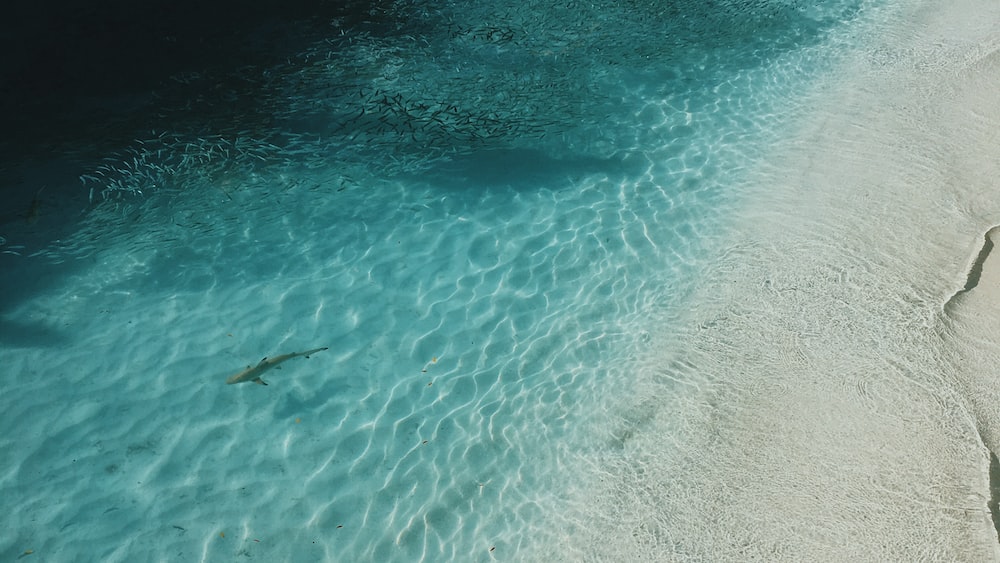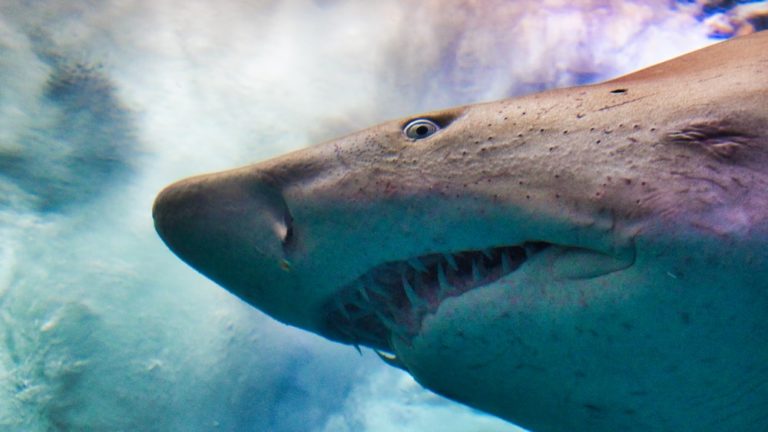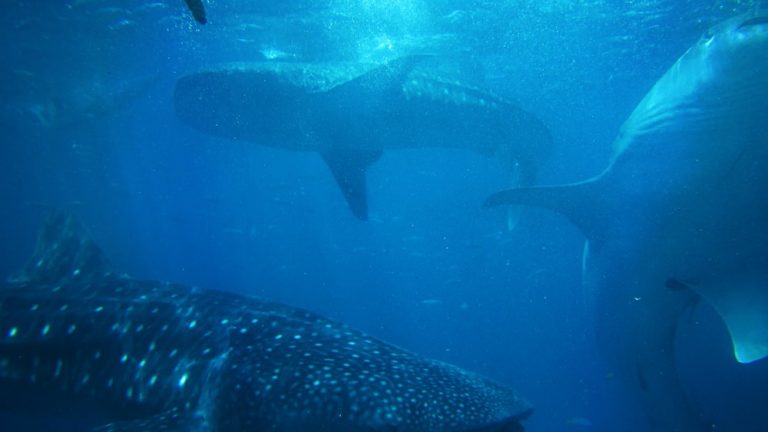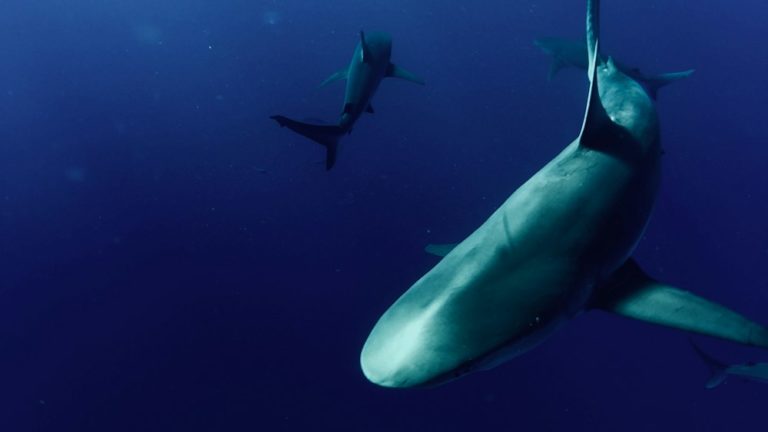Where Do Angel Sharks Live: Habitat And Range
Where Do Angel Sharks Live: Habitat And Range
Dive with me into the enigmatic realm of the angel shark, a flat and fascinating resident of the ocean floor that’s shrouded in as much mystery as the deep sea itself. For aficionados of the marine world, eco-explorers, and those wielding the mighty shield of conservation, understanding where do angel sharks live is a quest worthy of the odyssey it entails. These remarkable creatures, though named after celestial beings, are firmly grounded on the sands beneath the waves, and their story is one that beckons us to unfurl the map and charter the depths.
Angel sharks are beauties of the seabed, adorned with color patterns that would make the most seasoned artist dip their brush with envy. Once spread across the vast oceanic canvases, their numbers have sadly waned, sparking a conservation chorus that sings with urgency. Intrigued? Let’s fin-kick our way through their habitats, which are as varied as the sharks themselves, and discover the corners of the sea where these flat-finned angels prefer to make their home.
With a sprinkle of saltwater wit and a treasure trove of wisdom gleaned from the briny deep, our journey to discover where do angel sharks live promises to be as enlightening as it is entrancing. So ready your scuba gear and environmental enthusiasm – we’re about to plunge into the world of angel sharks. Their existence, entwined with shellfish, crustaceans, and the rhythms of the sea, is a dance on the edge of survival, a tale that we must heed if we wish our oceans to remain as bountiful as they are beautiful.
Unveiling the Mysteries of Angel Shark Habitats
As guardians of the deep, let’s unfurl the mysteries wrapped around the angel shark habitats. Imagine an underwater tapestry where each thread is a clue leading us closer to understanding the spaces these flat-bodied marvels occupy. Considering their elusive nature and the challenge of spotting their camouflage amidst the ocean’s vast tapestry, casting light on their abodes is just as thrilling as sighting a ghostly apparition on a moonlit dive.
Defining the Habitat of Angel Sharks
When pondering where do angel sharks live, one might envision the marine equivalent of a desert oasis. Angel sharks are not the rovers of the open sea; rather, they are masters of the ocean floor. Like guardians of a submerged realm, they lie in wait, camouflaged within sand and silt, as still as the ancient rocks that dot the landscape. Their habitat is a canvas on which the ocean paints scenes of serenity and sudden action.
The coastal temperate waters, often no deeper than a hop, skip, and a snorkel from the shore, are their staged sanctuary, rich with prey. These flat-bodied predators seek out soft sediments where they can blend perfectly and become virtually invisible, patiently awaiting a wanderer. This habitat suits their ambush-style predation impeccably, allowing them to burst forth in a cloud of sand to snag unsuspecting shellfish and crustaceans.
Angel sharks are masters of the ocean floor, camouflaged within sand and silt, patiently awaiting their prey in coastal temperate waters.
Geographical Distribution of Angel Sharks
Uncover the geographical tapestry where the angel sharks etch their presence within the ocean’s embrace. Once widespread, their realm spanned several oceans, but their domains are now fragmented. Angel sharks are predominantly found skirting the waters of:
- The continental shelves.
- The coasts of warmer seas.
From the Atlantic Ocean to the far reaches of the Pacific Ocean, their distribution tells us a story of adaptation and diversity. Yet, despite their range, these sharks are often just whispers in the water, their silhouettes as transient as the folds in the sand.
Each location serves as a chapter in their history, with regions marking the rise and fall of their populations. Angel sharks adapt their color patterns to their surroundings, a natural cloak that wraps them in the confidence of stealth throughout their territories. Their visibility may vary, but the need to protect their habitat endures across all oceans.
The Diverse Ecosystems Angel Sharks Call Home
Envision a kaleidoscope of marine ecosystems, each a vivid palette upon which the angel shark quietly claims residency. The places they favor are not just backdrops but living, breathing spaces that offer the essentials for their survival – shelter, food, and the solitude needed for their ambush hunting tactics.
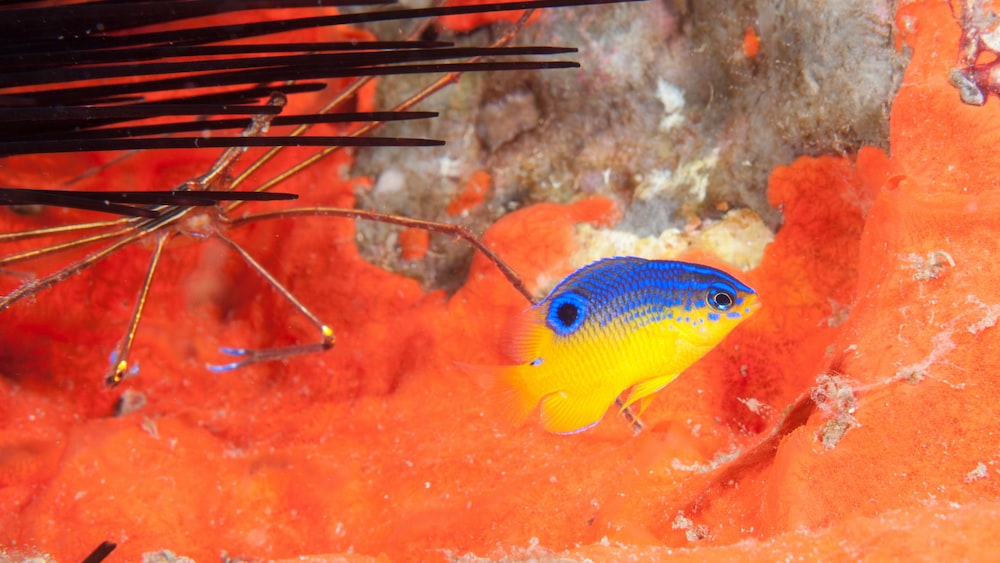
Coastal Waters and the Angel Shark
Coastal waters and the angel shark are as harmonious as a tide in full moon’s pull. Picture the soft, sandy bottoms of shallow bays and the gentle slopes of submerged banks where visibility is often a playful game of hide and seek. Here, angel sharks are the phantoms among the sand, scarcely discernible from the very ground they rest upon. Their flattened bodies are evolutionary masterpieces, fine-tuned for these coastal arenas where they can:
- Lie in ambush for hours.
- Burst forth in a flurry to secure a meal.
Every ripple of water overhead, every shadow cast, is but a part of the angel shark’s tranquil yet alert existence. The coastal waters are not simply a habitat; they are the stage upon which the angel shark’s daily drama of survival unfolds. From rocky reefs to seagrass meadows, the shallow embrace of the coast is where these sharks weave their lives.
The subtle interplay between angel sharks and their coastal havens is like a ballet beneath the waves. Here, amidst the ebb and flow of tides, they are both hunter and hidden, a part of the seascape yet apart from it. Diving into these habitats, one cannot help but feel a certain enchantment, as if privy to a secret world where the sand itself comes alive.
The Ocean Floor: Angel Sharks’ Preferred Terrain
Descend with me to the ocean floor, where the angel shark finds solace in the stillness. Here, amid the grains of time and tide, angel sharks claim their throne. It’s on this very seabed that these creatures measure their days and nights, a perfect canvas for their dusky hues and dappled backs that mimic the speckles of sunlight through water.
Their affinity for the bottom is not mere preference; it’s an embodiment of their very essence. Angel sharks lay ensconced within the sediment, their broad pectoral fins spread wide as if they themselves are part of the marine landscape. The texture of their skin, a patchwork of color patterns, harmonizes with the splotches of shadows and light, providing an impeccable disguise as they await the scuttle of crustaceans or a school of unsuspecting fish.
The Global Reach: Angel Shark Range Explained
To truly grasp where do angel sharks live, one must imagine a map not bound by land but by currents, temperatures, and the contours of continents beneath the waves. These oft-overlooked predators have etched out a living across a surprising stretch of the globe’s waters, their range a testament to their adaptability and resilience.
Angel Sharks in the Atlantic Ocean
In the sprawling blue vastness of the Atlantic Ocean, among the ballet of darting fish and the oscillating seaweed, lie the angel sharks, secretive denizens of the deep. These unique creatures use their flat, ray-like bodies and sedentary lifestyle as both shield and spear. Where do angel sharks live? Well, their address certainly has an oceanic zip code – specifically, the Northeast and Eastern Central Atlantic.
Angel sharks have a vivid tale to weave when it comes to their habitats, hugging the bottom like a sandy carpet. Places like the Canary Islands, comprising Gran Canaria and its sisters, have become synonymous with these flat sharks. They lie motionless, buried in soft substrates or sandy bottoms, waiting to ambush unsuspecting prey that dare cross their camouflaged paths. Angel sharks are true masters of disguise, with the Atlantic offering a vast stage for their silent ocean floor hunts.
Angel sharks are secretive denizens of the deep, using their flat, ray-like bodies and sedentary lifestyle as both shield and spear in the Northeast and Eastern Central Atlantic.
Presence of Angel Sharks in the Mediterranean Sea
Underneath the shimmering surface of the Mediterranean Sea, angel sharks navigate a world where clarity meets complexity. This ancient body of water, bordering continents and cradling civilizations, also houses these elusive creatures within its embrace. Continuing our quest on where do angel sharks live, we discover that the Mediterranean basin, with its rich history, is a crucible for marine life diversity, including that of the angel shark genus.
Sadly, tales of these sharks in the Mediterranean are often tinged with regret. Indeed, once a common sight, their numbers here have dwindled, victims to overfishing and habitat degradation. With the angel sharks’ preferred habitats along continental shelves and slopes disappearing, the measures to safeguard these silent predators in such historical waters have never been more critical.
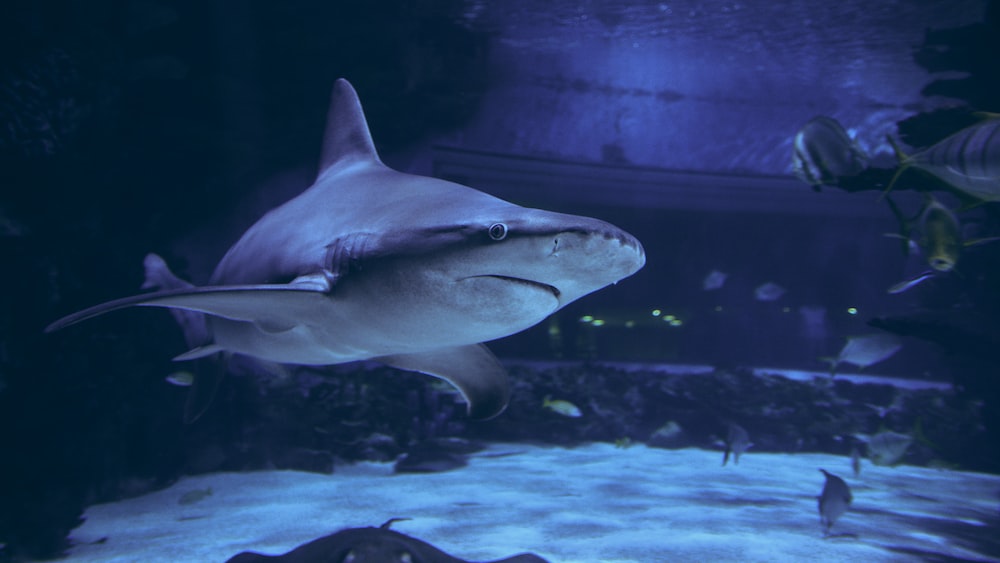
The Intriguing Lifestyle of Angel Sharks
Descending into the ocean’s depths, one’s gaze might easily skim over the angel sharks, so well-blended are they with the sandy seabed. They lead a life of stillness and sudden energy – a dichotomy that defines the existence of these ambush hunters. Through an intriguing lifestyle tucked away on the ocean floor, angel sharks have perfected the art of still hunting, their flattened frames and earth-toned patterns rendering them nearly invisible to both prey and predator.
Angel Sharks’ Adaptations to Their Environment
The angel shark has honed its body and behavior to master the art of seaside stealth. The flattened body, for starters, is not just an adaptation; it’s a deception tool par excellence. Angle sharks employ their pancake-like forms to blend into the ocean’s substrate, becoming nearly indistinct from the sand and gravel beneath them. They breathe through a pair of spiracles on top of their heads, drawing water in without needing to swim, cleverly avoiding any movement that could betray their presence.
Their jaws, too, are deserving of awe. Adjustable and powerfully sprung, these bite mechanisms can snap up prey such as fish, mollusks, and cephalopods in a blink. Look closer, and you might notice their eyes, perched upon their heads, providing a panoramic view of the oceanic stage above them. It’s a creature so wonderfully adapted to its preferred terrain that one can’t help but marvel at evolution’s craft.
The Impact of Seasonal Changes on Angel Shark Habitats
Seasonal shuffling does little to unsettle the angel sharks, thanks to their adaptable nature. Let’s plunge into how these changes play out:
- Summer: As waters warm, angel sharks may seek solace in deeper, cooler waters, shifting subtly within their range.
- Winter: The colder months can drive their prey to shallower waters, and the angel sharks, ever the opportunists, follow suit, adapting their hunting grounds accordingly.
While they seem to dance to the tune of the seasons, it’s not always a waltz. Increasingly, climatic shifts have the potential to disrupt marine ecosystems, presenting a suite of challenges to these habitat-hinged hunters. Warmer oceans and shifting sea life patterns could alter the stage upon which these quiet predators have thrived for millennia.
Conservation Efforts for Angel Shark Habitats
Crusading for the conservation of angel sharks is more than a noble pursuit; it’s an urgent amphibious assignment that requires action both wet and dry. With habitats under siege and numbers slipping through our fingers like sand, understanding and protecting where angel sharks live is imperative.
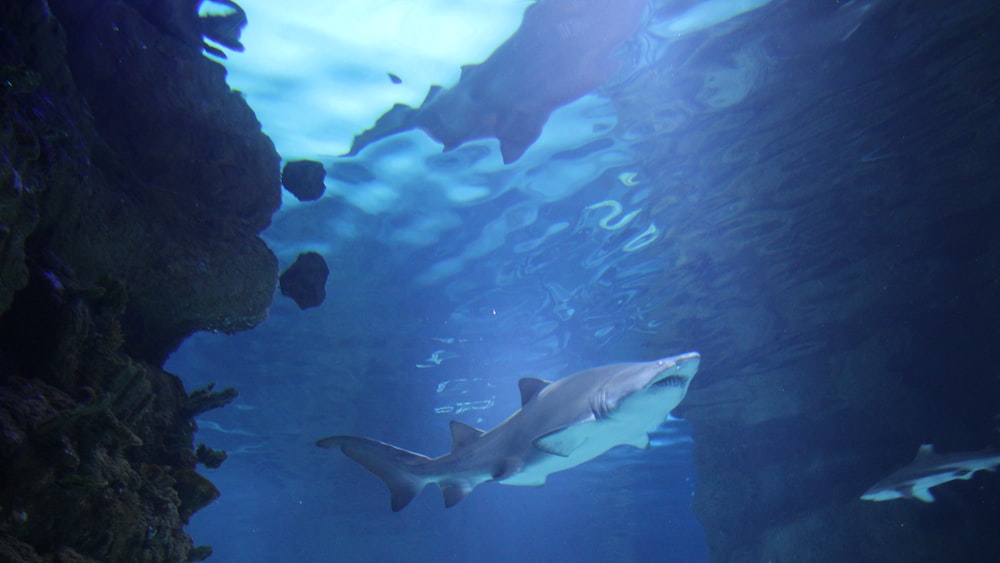
Threats to Angel Shark Habitats
Amidst the crashing waves and coastal charm lurk perils that put angel shark habitats in dire straits. Here’s what’s turning their homes from safe havens to endangered domains:
- Overfishing: This relentless net of a problem captures and depletes not just angel shark populations but also the fabric of their marine ecosystems.
- Habitat Destruction: From trawling that scars the ocean floor to coastal developments cutting into their coastal waters, the angel sharks’ homes are shrinking.
- Climate Change: The grand disruptor of the deep blue, climate change has its tentacles in everything – altering prey distribution, warming oceans, and even increasing the acidity of their watery realms.
Addressing these threats is akin to navigating through a tempest, but with collective willpower and conservation measures, there is hope for the angel sharks to continue gliding through their undersea ballet.
Current Conservation Measures and Marine Protected Areas
Glimmers of hope shine through the waters as conservation efforts ripple across the globe to protect the elusive angelshark. Marine Protected Areas (MPAs) are central to these efforts, acting as underwater sanctuaries where angel sharks live and thrive. These MPAs often restrict human activities like fishing, which can inadvertently harm sharks, allowing the angelshark population to recover, unhindered by fishing nets or trawlers.
Beyond these watery havens, there’s a tapestry of conservation measures including fishing restrictions, habitat preservation efforts, and scientific monitoring. Some regions have even rolled out bans on bottom-trawling, a practice that can devastate the ocean floor, thus safeguarding the squatina squatina’s delicate demersal domain. Education programs are also vital, casting a net of awareness about the monkfish’s plight and nurturing an ocean-friendly culture among communities.
Conservation efforts, including Marine Protected Areas and fishing restrictions, are crucial in protecting the angelshark population and nurturing an ocean-friendly culture.
FAQs
1. What specific types of habitats do angel sharks prefer?
Angel sharks prefer specific habitats that allow them to utilize their ambush predator skills effectively. They are often found camouflaged in sandy or muddy bottoms, where they can lie in wait for unsuspecting prey. These habitats also offer the billowing fins of angel sharks a place to blend seamlessly with the terrain.
2. Are angel sharks found in both shallow and deep waters?
Angel sharks are typically found in shallow waters, where their sandy-hued bodies allow perfect concealment on the seabed. However, they are known to inhabit depths down to at least 150 meters, showing a degree of adaptability to deeper waters as well.
3. How have angel shark populations been affected by habitat loss?
Habitat loss has negatively affected angel shark populations, leading to a marked decline in their numbers. As the seabed habitats they depend on are disrupted by human activities, angel sharks lose the very grounds they rely on for hunting and reproduction, causing a ripple effect across their shark population.
4. What can individuals do to help protect angel shark habitats?
Individuals eager to make a splash in conservation can help protect angel shark habitats by supporting marine conservation organizations and advocating for protective legislation. Simple actions such as reducing plastic use or choosing sustainable seafood can have a whale of an impact on preserving oceans where angel sharks live.
Conclusion
Reflecting on the angel shark’s world, it’s clear that the intertwining of their mysterious lives with ours is as vast and deep as the oceans themselves. Our ventures into marine protection must be as dynamic and determined as the ambush predator’s strike. Where do angel sharks live must not be an echo of the past, but a tale of resilience and recovery, shared across every tide and dune of their habitat.
For us eco-adventurers, marine life enthusiasts, and conservationists, these efforts to sustain the angelshark’s habitat, amidst the crests and troughs of environmental action, represent a beacon of hope. As we trawl through the undercurrents of change, let’s keep our bearings set towards a future where the squatina squatina glides fearlessly through thriving underwater realms.
Dive into the conservation wave, my friends, and take heart; for every small action surfaces to ripple across the vast ocean, potentially nurturing the very seabed angelsharks call home. Until our paths cross again in the great blue yonder, remember the whispers of the sea anemones and the dance of the seahorses, for they’re the subtle reminders of our shared guardianship. With sincerity and a touch of saltwater in our veins, Jasper Flynn.

